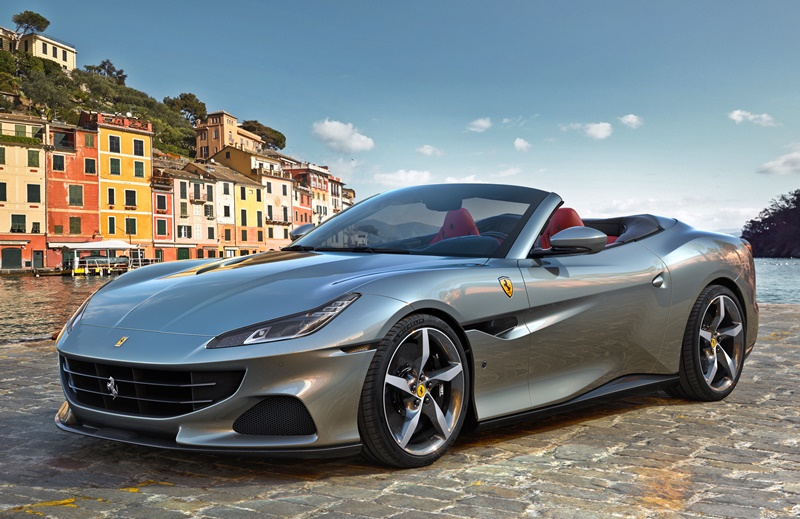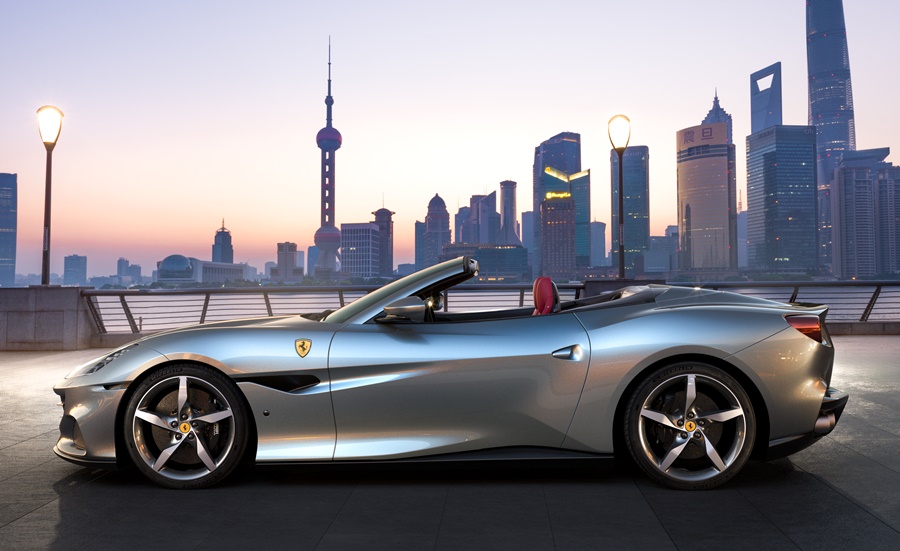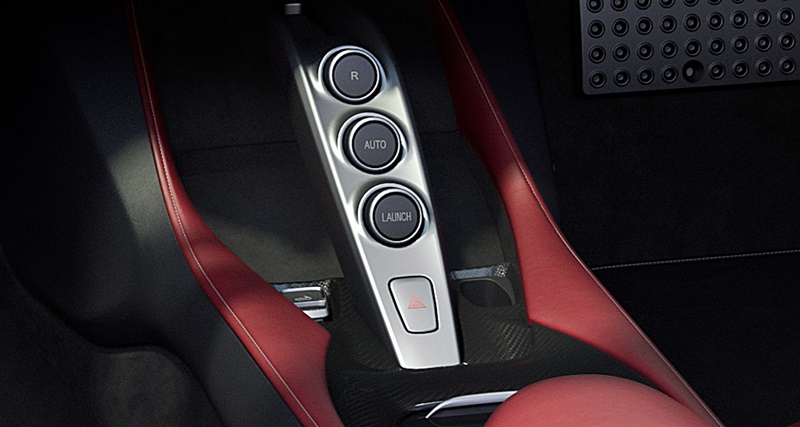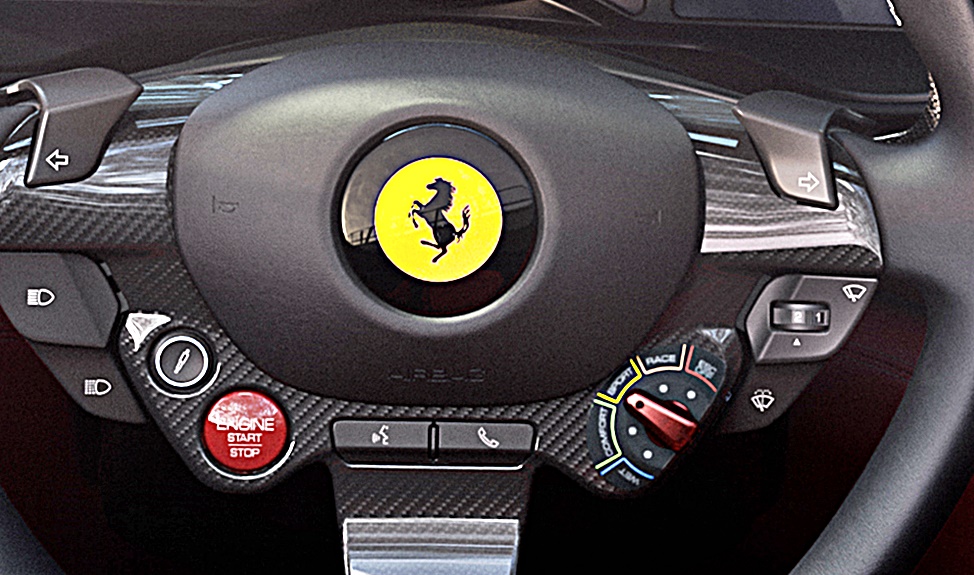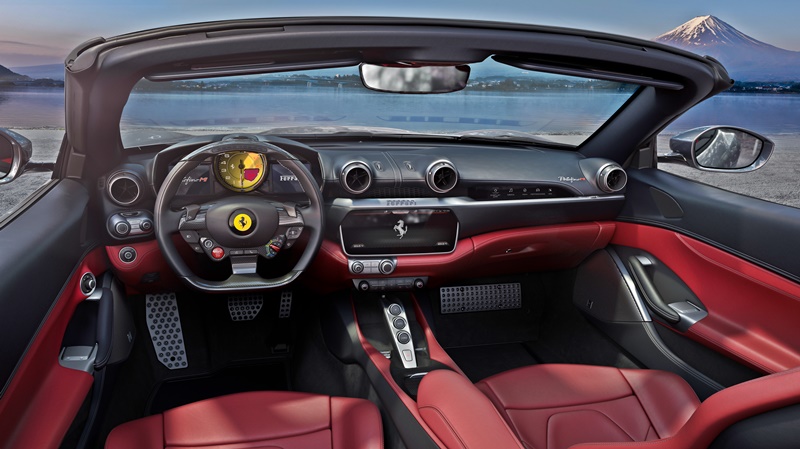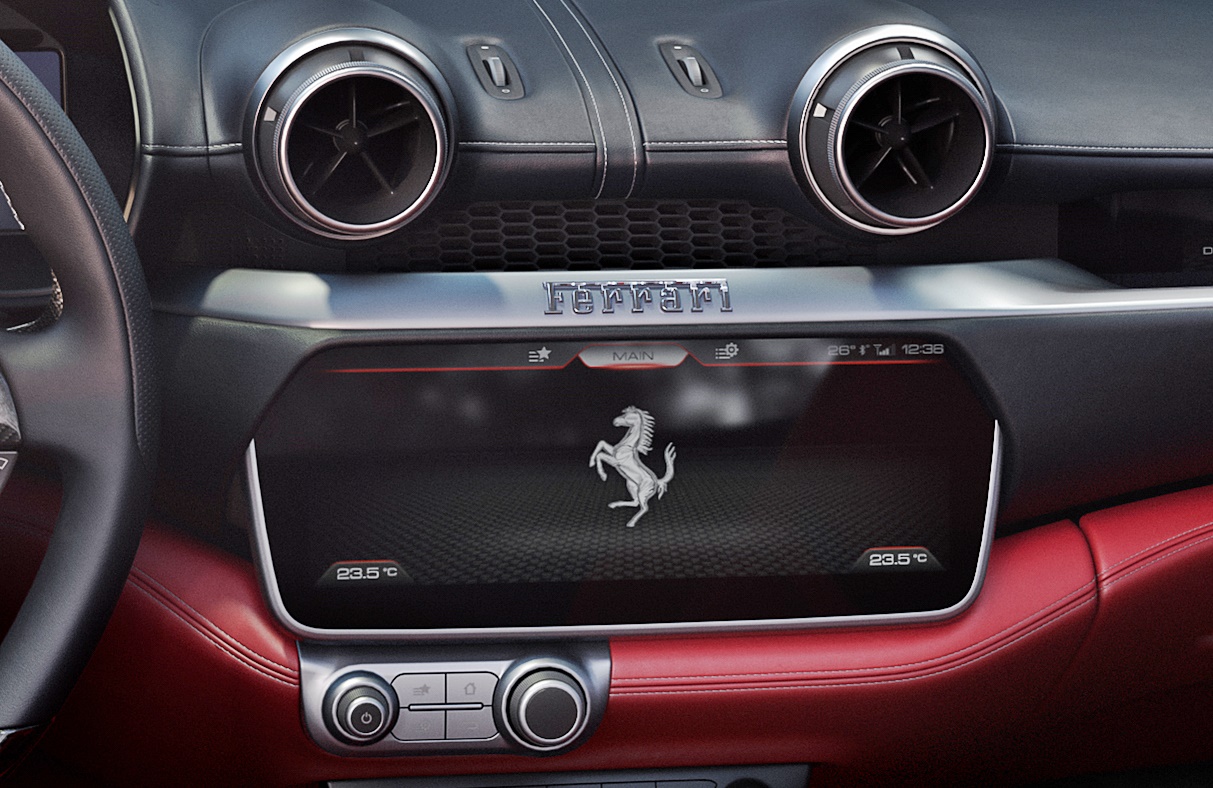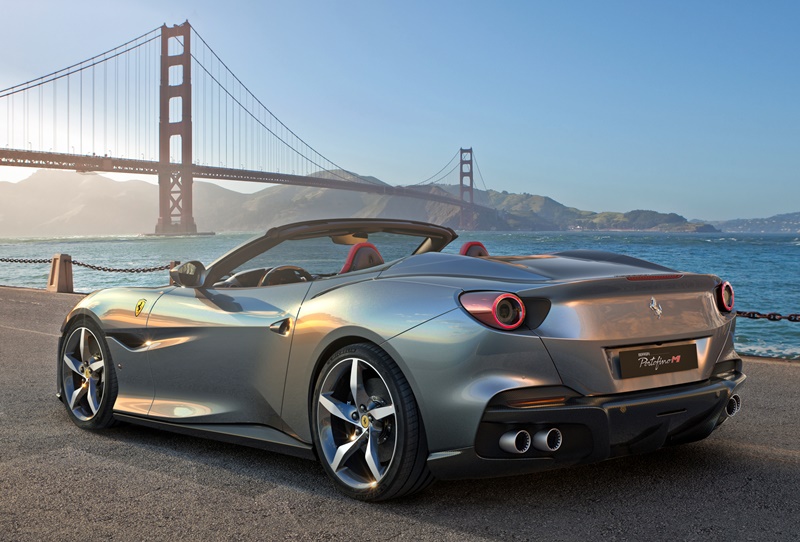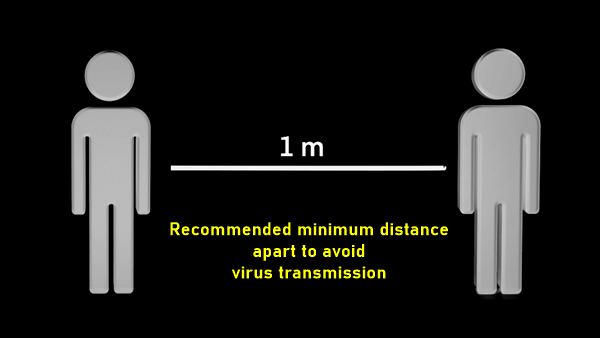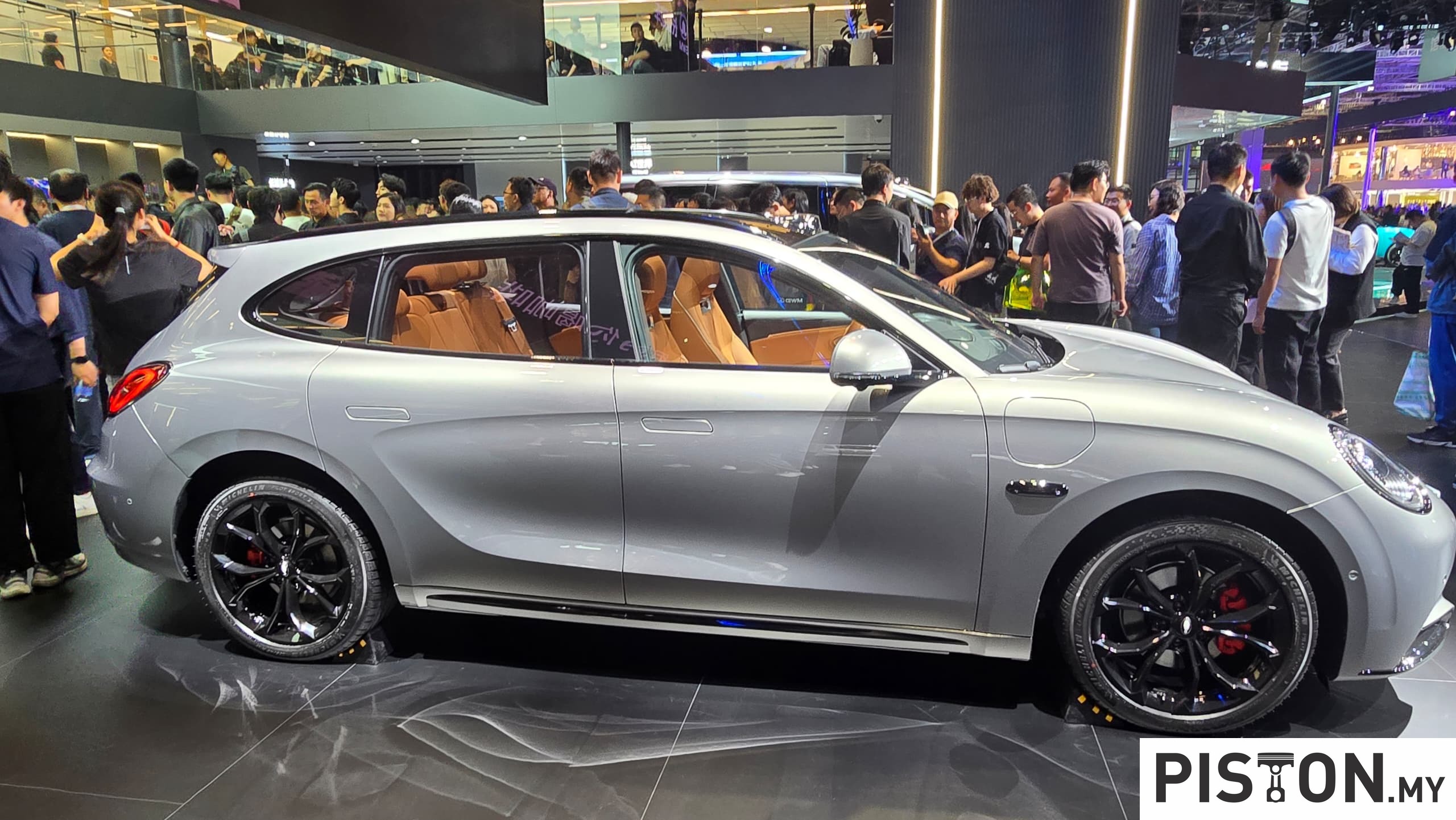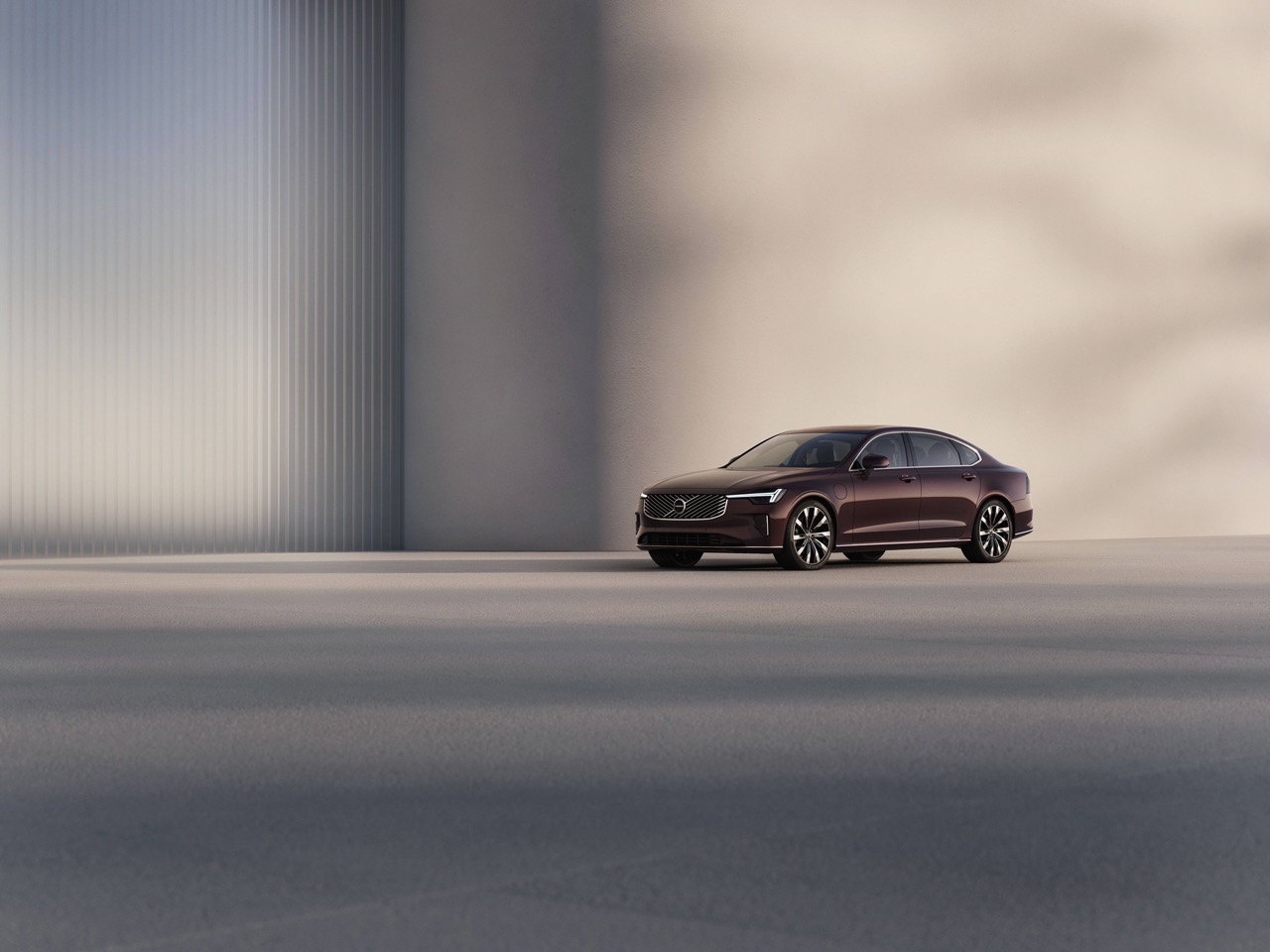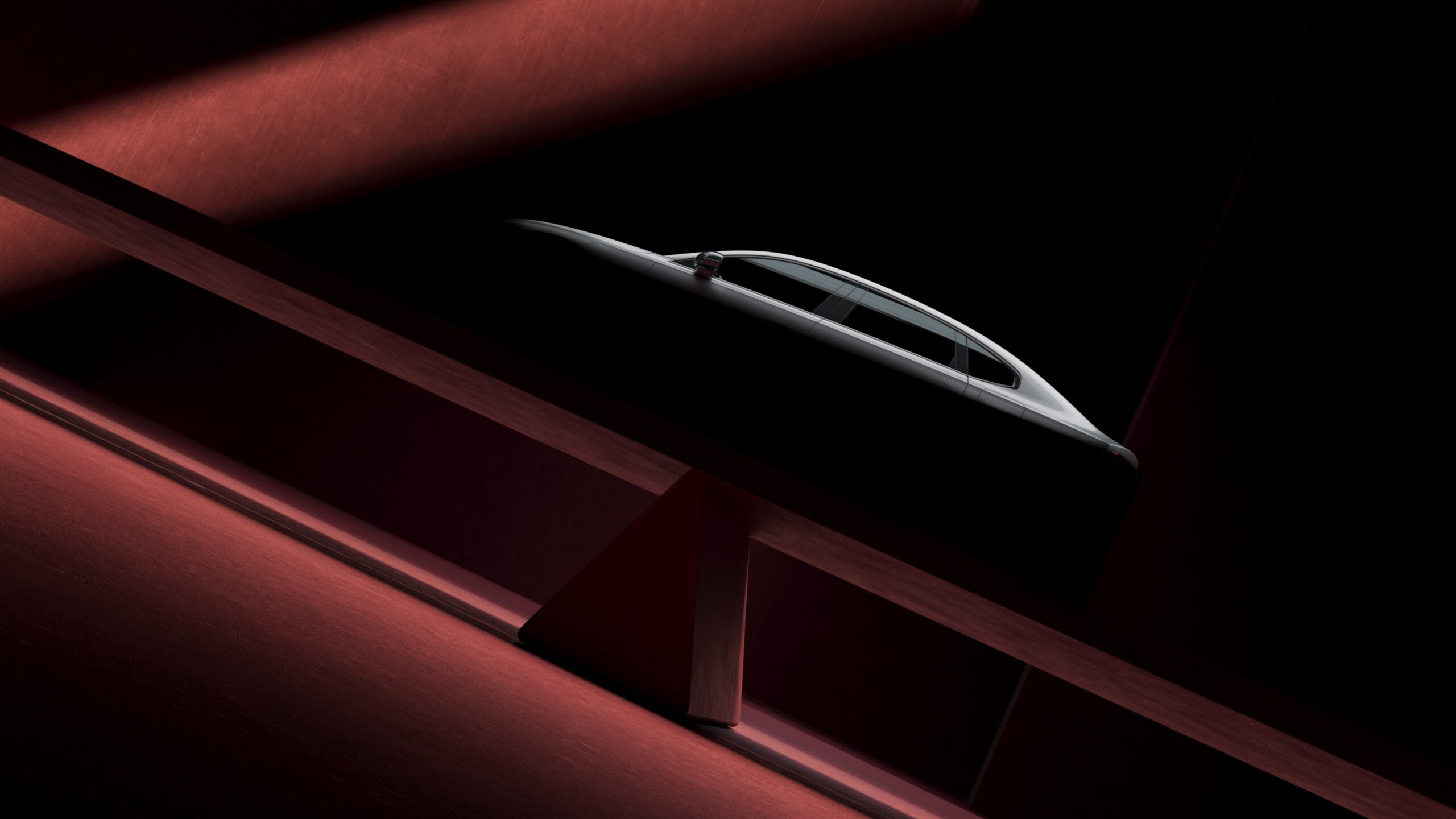Ferrari’s evolved 2+ GT spider model, the Portofino M, is the first Ferrari to be presented in the wake of the company’s temporary closure due to the COVID-19 pandemic. It is therefore a symbol of a ‘voyage of rediscovery’ in a way, in constant pursuit of innovation.
The ‘M’ in its designation refers to ‘Modificata’, which at Ferrari refers to cars that have undergone an evolution that has significantly boosted their performance. In the case of the Portofino M, the most notable aspect is its redesigned powertrain with a brand-new 8-speed gearbox. There is also the 5-position Manettino that includes a Race mode, an absolute first for a Maranello GT spider.
Uprated engine with new gearbox
The Portofino M’s 3855 cc engine belongs to the V8 turbo family voted ‘International Engine of the Year’ on 4 consecutive occasions (2016-2019). The power unit can generate up to about 620 ps at 7,500 rpm, 20 ps more than the Portofino. To achieve these higher performance levels, the engineers developed new cam profiles that increase valve lift and optimise combustion chamber filling.
A speed sensor was also added to the turbocharger assembly to measure the turbine speed. This in turn allowed the maximum rpm of the turbine to be increased by 5,000 rpm.
The 8-speed gearbox is completely new compared to the previous 7-speed version and has a dual-clutch oil bath architecture. It also differs from the SF90 Stradale’s 8-speed transmission in its longer gear ratios and the introduction of a mechanical reverse gear. The new layout and integration of its components have also optimised the gearbox’s size and its installation in the car.
Like all the other turbo cars in the range and in line with the ‘zero turbo lag’ concept, the Portofino M delivers instantaneous throttle response throughout the rev range. Variable Boost Management, a control software developed by Ferrari, adjusts torque delivery to suit the gear selected. The result is increasingly powerful pick-up as revs rise, whilst optimising fuel consumption. The amount of torque delivered progressively increases all the way up to 760 Nm in 7th and 8th gears.
This has allowed the use of longer gear ratios in the higher gears, which helps keep fuel consumption and emissions down. On the other, adopting a steeper torque curve through the rev range in the lower gears makes for a feeling of smooth and powerful pick-up.
By tradition, every single Ferrari engine has its own particular soundtrack that makes it unique, and the Portofino M is no exception. The two rear silencers have been eliminated (which in addition to boosting sound also significantly reduces back-pressure in the tailpipes) and the by-pass valves are now oval in shape to enhance the exhaust sound.
Advanced and integrated control systems
The vehicle dynamics control system known as Side Slip Control (SSC) incorporates an algorithm that delivers an estimate in real-time of the side slip angle to all the various on-board control systems. The SSC coordinates all the vehicle dynamics interventions as the systems are all integrated using shared data.
Now in its sixth generation, the SSC integrates the E-Diff, F1-TCS, SCM-E Frs and the Ferrari Dynamic Enhancer (FDE) control systems. The FDE is a lateral dynamics control system that uses Ferrari software to adjust the hydraulic brake pressure at the calipers on all four wheels. On the Portofino M, it is available only when the Manettino is in Race mode.
When the top is down
With the top down, the Portofino M reveals a multi-level dashboard structure comprising an upper half and then an intermediate gap designed to lighten the perceived mass of the lower half. This approach allowed the designers to organise the technical elements and in-car devices to very rational effect while simultaneously defining a signature full-width architecture.
A central horizontal aluminium blade divides the instrument panel, air conditioning vents and passenger display into separate areas in the upper section. The other control functions are located in the scooped section below, with a large 10.25-inch touchscreen at the centre.
Seen in plan view, the cockpit’s symmetrical arrangement and the ample rear seat space are clear. From a construction perspective, the interior – and the dashboard architecture, in particular – feature two shells incorporating all of the technical components and a bridge that visually connects the instrument panel area with the central tunnel.
The seats are the product of a special research project and have an innovative magnesium structure. Different density padding and an ultra-compact seatback profile have freed up space for rear occupants too.
The passenger participates too
The Portofino M’s HMI (Human-Machine Interface) centres on a digital cluster with dual TFT displays arranged around the analogue tachometer in a generous circular, anti-glare binnacle. Located on exactly the same axis as the multifunctional steering wheel, this cluster allows the driver to interact more easily and intuitively, both visually and physically, with the car by delivering optimal driving feedback.
The passenger has an optional dedicated capacitive display on the dashboard too. It is directly linked to the main screen providing all information relating to car speed, rpm and gear engaged. This 7-inch colour full HD and Full Touch display also allows the passenger to interact with the car’s on-board systems. It is thus possible for the passenger to becomes a participative co-driver.
Click here for other news and articles about Ferrari




